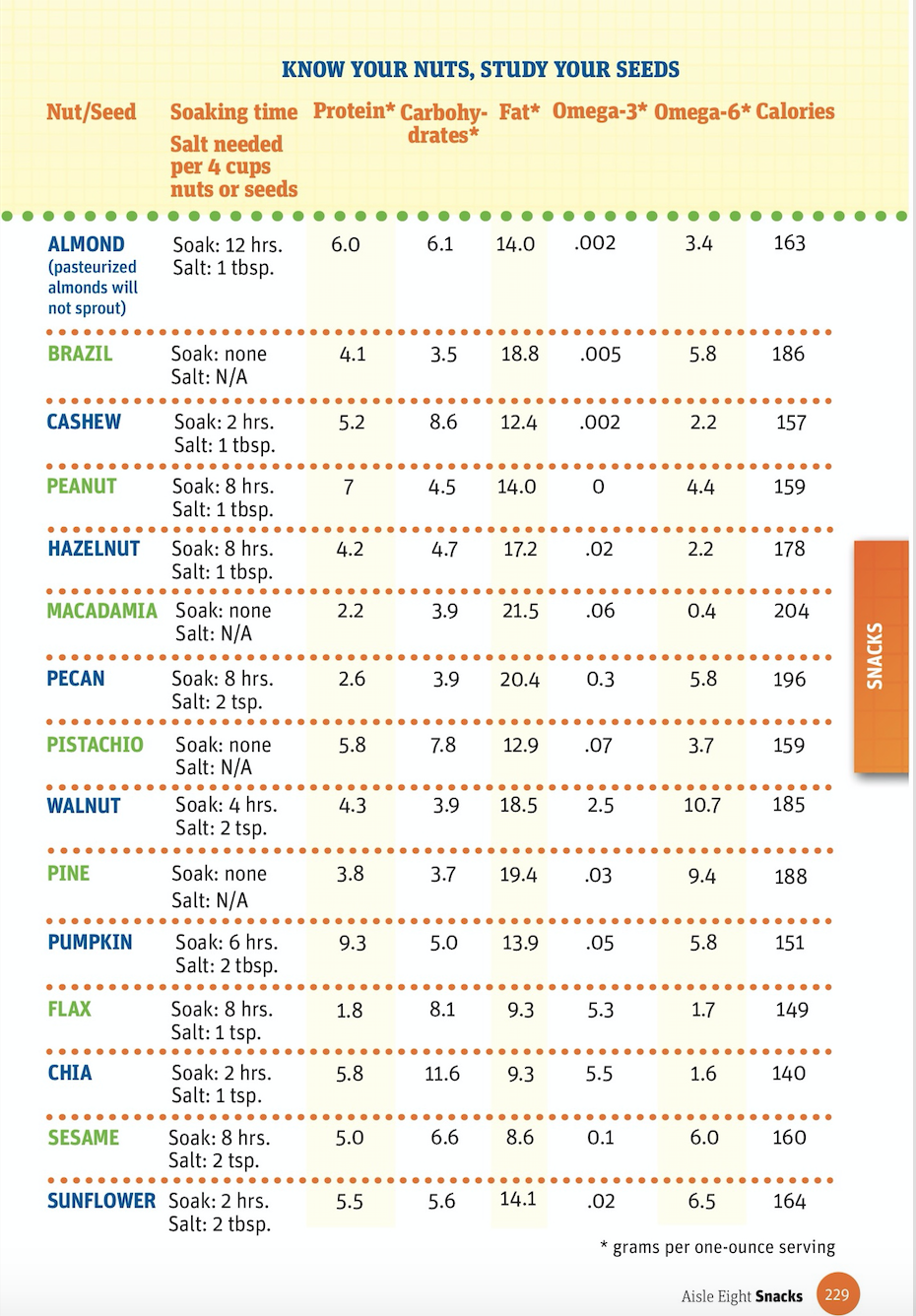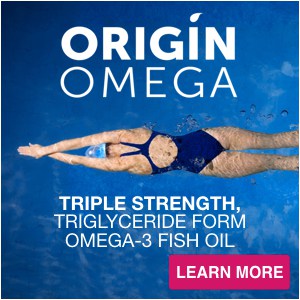We get so many people asking us why we restrict nuts and seeds that we thought we would make this the focus of this weeks blog. Don’t eat another nut before reading this!
So many people LOOOOOVE nuts and use them as their “go-to” snack. Additionally, most people think of nuts as a “healthy” snack, but are they? If you are one of these people… STOP! Put down the nuts, and read on.
Remember, here at Calton Nutrition we look at everything through our micronutrient sufficiency glasses. Meaning we determine whether a food is “healthy” or not, based on two things:
- Does the food have the ability to deliver meaningful amounts of essential micronutrients?
- Does the food decrease micronutrient status due to any potentially harmful or micronutrient depleting ingredients such as GMOs, pesticides, anti-nutrients, or cause an imbalance of essential fatty acids?
So how do nuts & seeds stack up?
To start with nuts/seeds contain 5 different anti-nutrients. They contain Oxalic acid, Phytic acid, Lectins, Tannins, and Trypsin Inhibitors, and each of these naturally occurring compounds deplete a wide array of essential micronutrients your body need to obtain and achieve optimal health. To put that into perspective that is more than any other single food in the world! (That we are currently aware of)

Now, we are not going to go into each and every one of these micronutrient depleting anti-nutrients here, but you can read all about them starting on page 70 in The Micronutrient Miracle. Here is a short excerpt about just one of these micronutrient depleters to give you an idea of what we are talking about.
“Lectins are a plant’s most powerful weapon. Believe it or not, plants don’t really want us to eat them. A plant’s goal is self-preservation, and lectins are its premier defense system. Lectins are sticky proteins that coat your intestinal tract, making it difficult to properly absorb micronutrients.
While micronutrient loss is our key concern, it is also important to understand the other ways that lectins can negatively affect our health. To begin with, lectins make us fat in two unique ways. First, they attach to insulin receptors on fat cells. Remember, insulin is the fat-storage hormone. And once attached, lectins never detach, indefinitely telling the fat cell to store more fat! To add insult to injury, lectins also attach themselves to the receptor sites for leptin, the hormone that tells your brain when you are full, and block its effect on satiety. The end result is that you are prone to overeating because you never get full and more of what you eat gets stored as body fat. That harmless bowl of lectin containing nuts over cocktails hardly seems harmless anymore, does it?
Lectins also aid in the creation of leaky gut by binding to your intestinal walls and acting like chisels, forcing apart the cells that protect the rest of you from the undigested foods inside. Many food allergies are actually immune system reactions to lectins.”
And if anti-nutrients aren’t enough to turn you off…Let’s chat INFLAMMATION!
While some of the micronutrient depleting effects of these anti-nutrients can be greatly reduced by soaking and/or sprouting your nuts and seeds, these handy snacks are also full of another public enemy – pro-inflammatory omega 6 fatty acids. Most people have heard that the American diet is much too high in omega 6’s (some research shows ratios as high as 25:1) The fact is, a high omega 6 diet can cause inflammation and, inflammation has been linked to many of the most debilitating health conditions and disease including heart disease, diabetes, and obesity.
Many people spend a lot of money to include a good omega 3 supplement to offset their higher levels of omega 6, but is that really possible? Take a look at this chart from Rich Food, Poor Food and you can quickly see how much omega 3 and omega 6 your favorite nuts and seeds contain. Take almonds and pumpkins seeds, for example, in just 1 oz. (not very much) of almonds and 1 oz. of pumpkin seeds you have more than 9.2 grams of omega 6 (9,200 mg) and only .052 grams of omega 3 (52 mg). That is a ratio of 177:1 (omega 6 to omega 3)…NOT GOOD. But let’s say you are taking a high quality fish oil that delivers around 600 mg of omega 3 per capsule. You would have to take more than 15 fish oil capsules just to get back to a 1:1 ratio of omega 3 to omega 6 to counter act just 1 oz. of almonds and 1 oz. of pumpkin seeds. Not only would this cost a ton of money, the fact is no one is ever going to do this.

The bottom line is nuts and seeds taste great, but they are not so great when it comes to your micronutrient sufficiency or your omega 3 to omega 6 ratio. This is why we restrict nuts and seeds in our Micronutrient Miracle protocols. If you are following a Paleo diet, pay close attention to the protein bars, these are likely filled with nuts and nut butter, which have likely NOT been soaked/sprouted and even if they have been don’t forget they still contain all those pro-inflammatory omega 6 – at the very least think twice before you grab your next handful of nuts or that “healthy” Paleo bar.
If you're left wondering how can you choose the perfect nut butter, read this!











